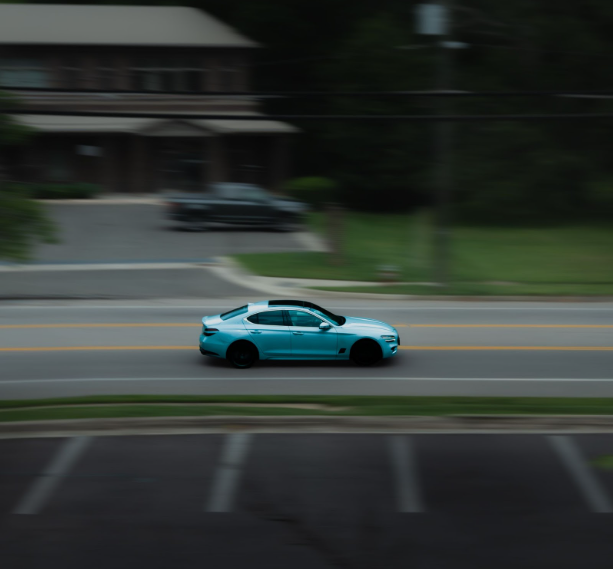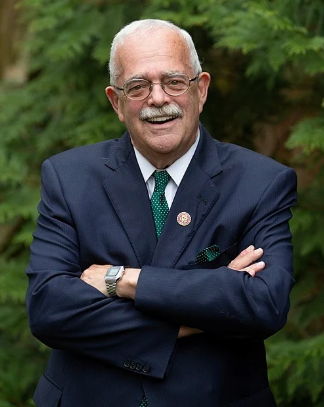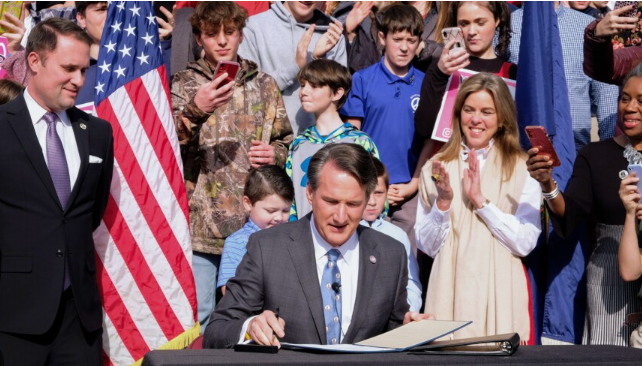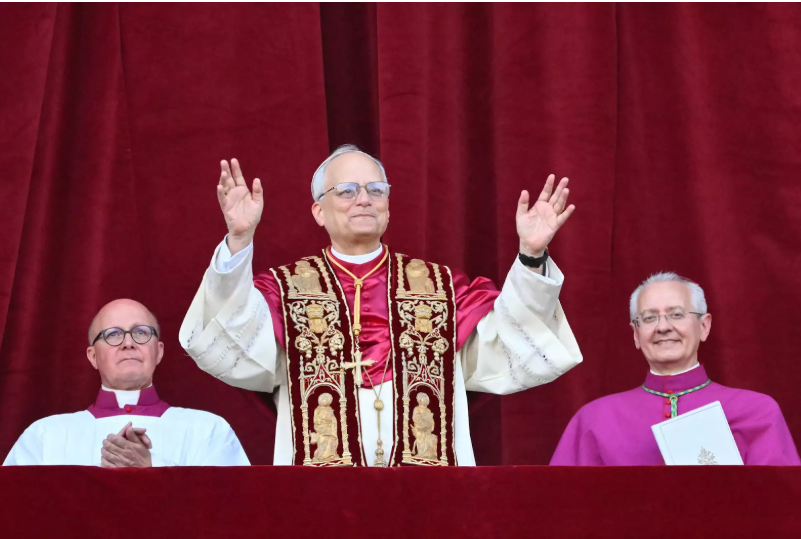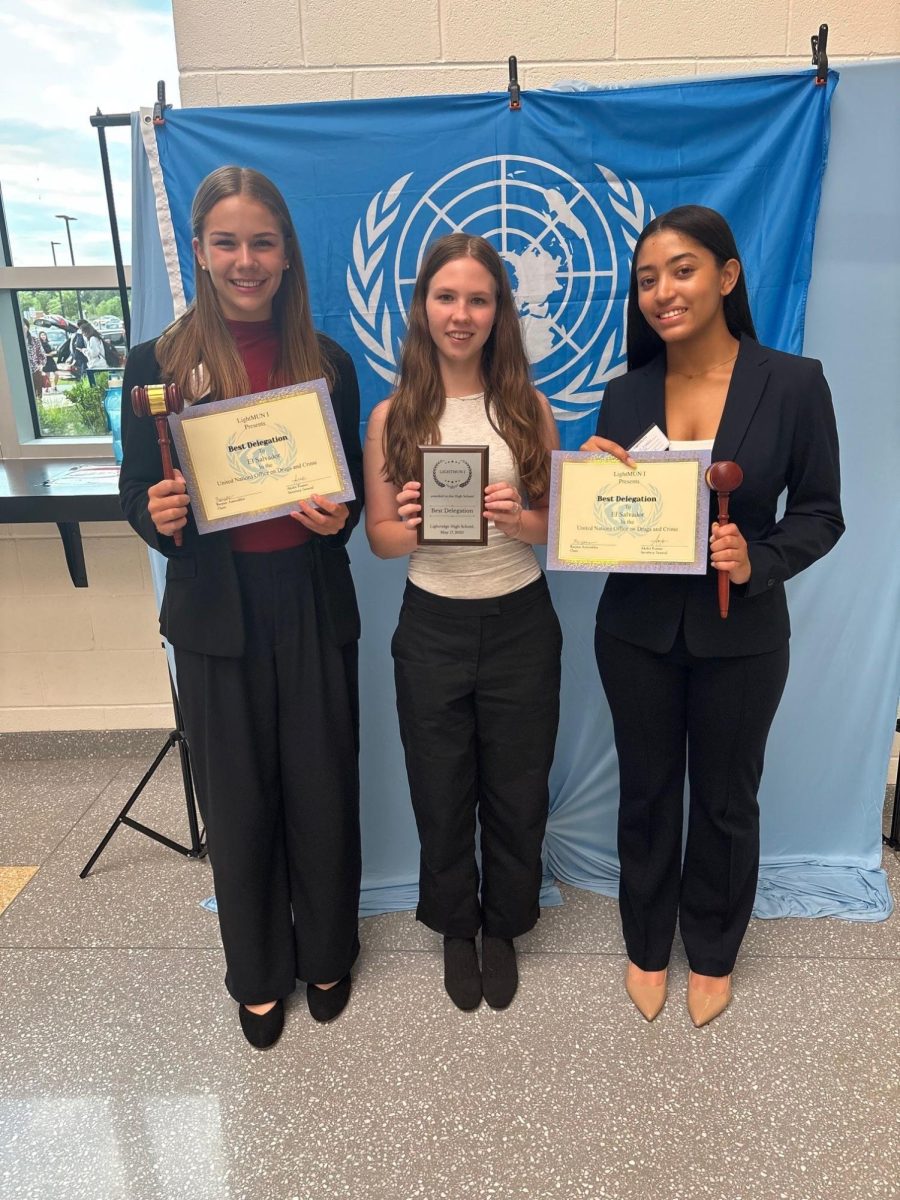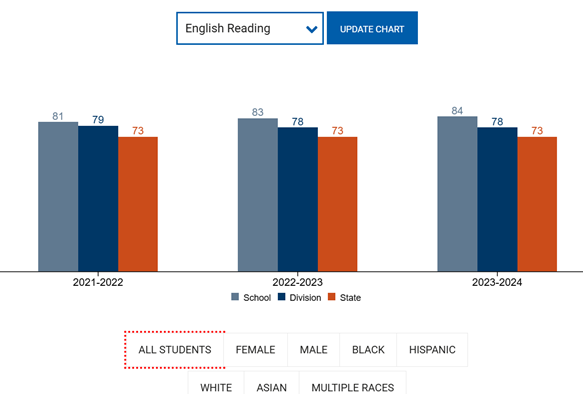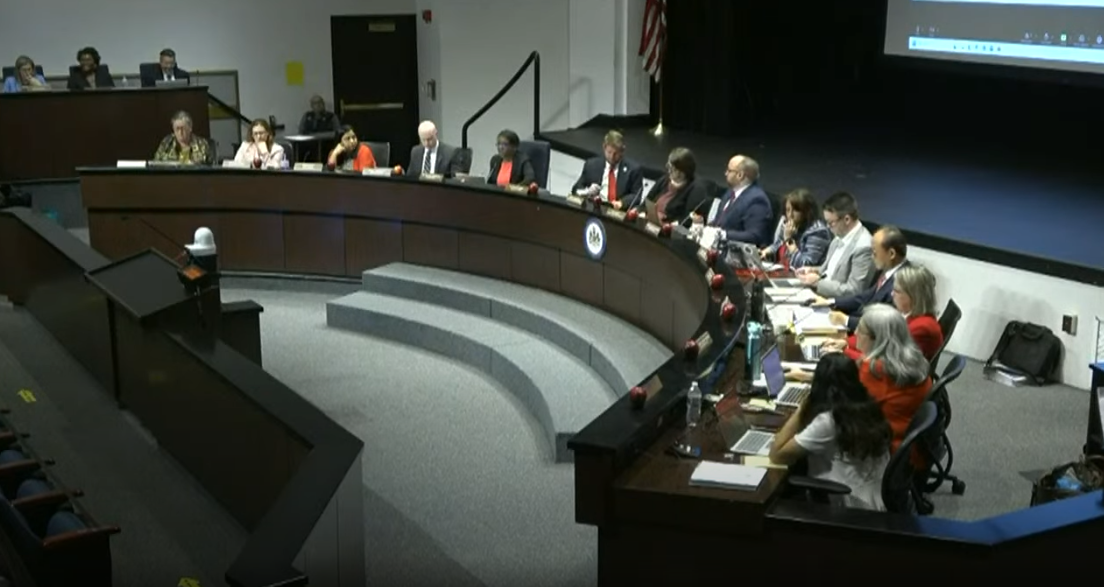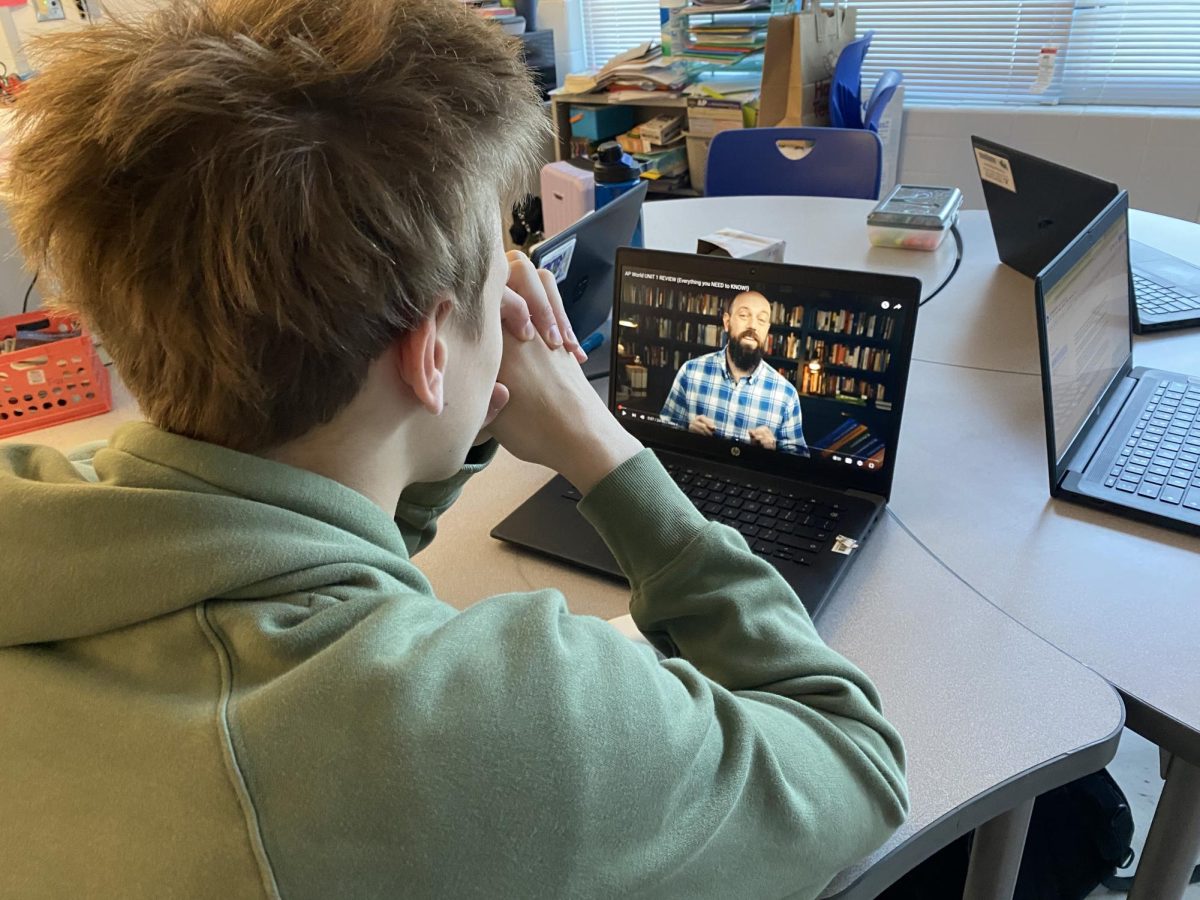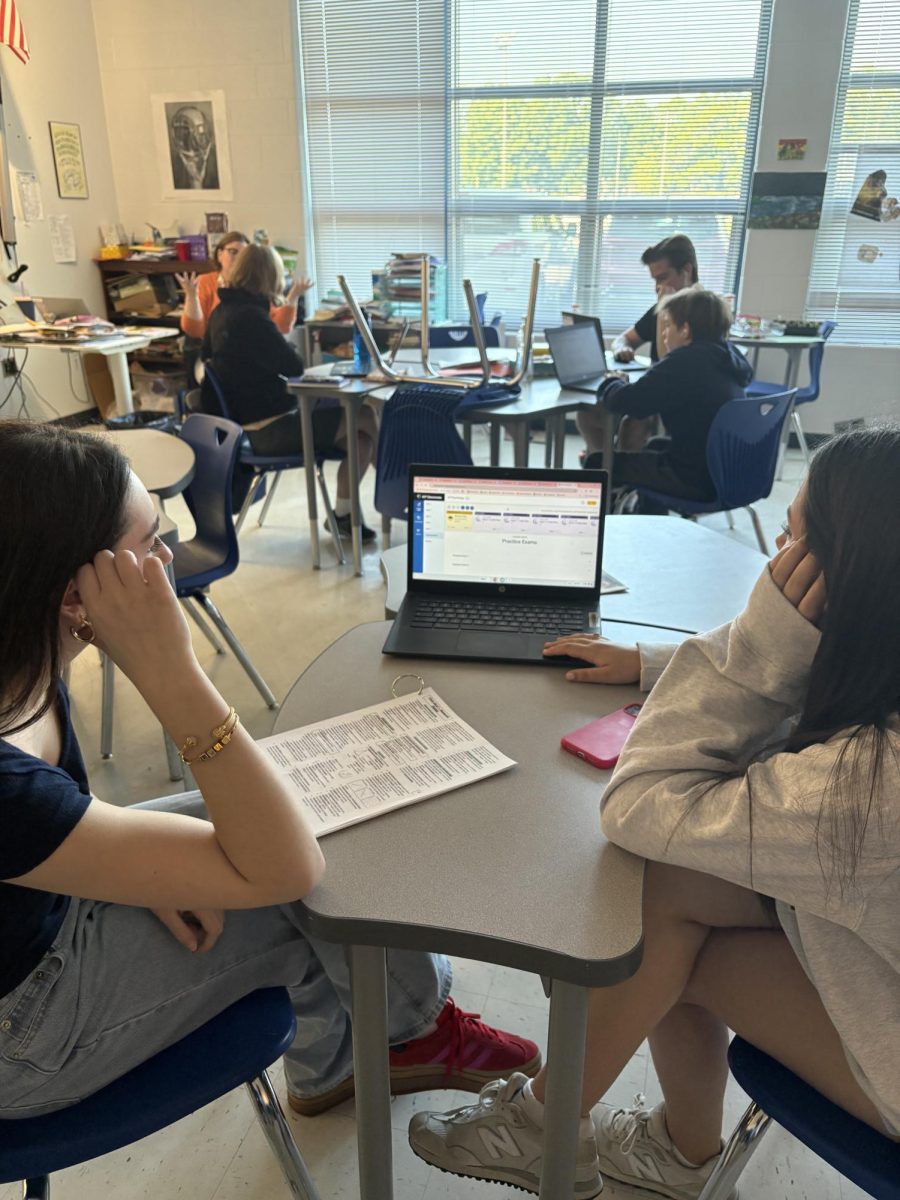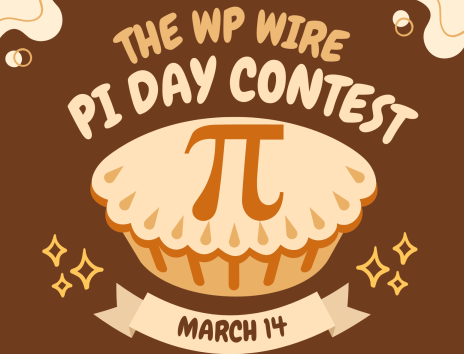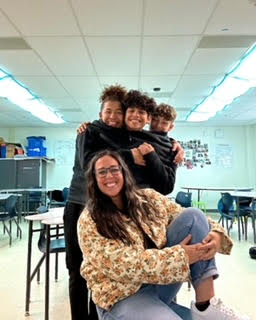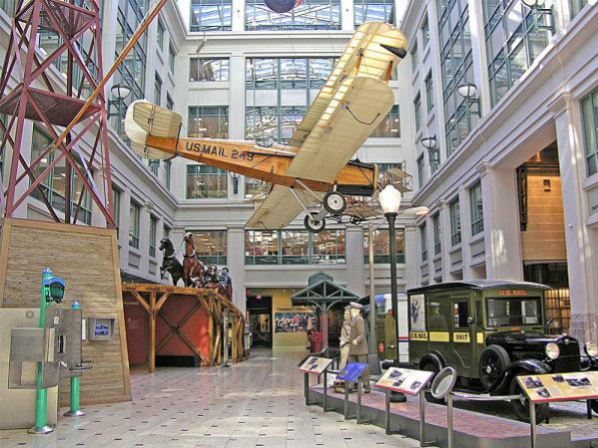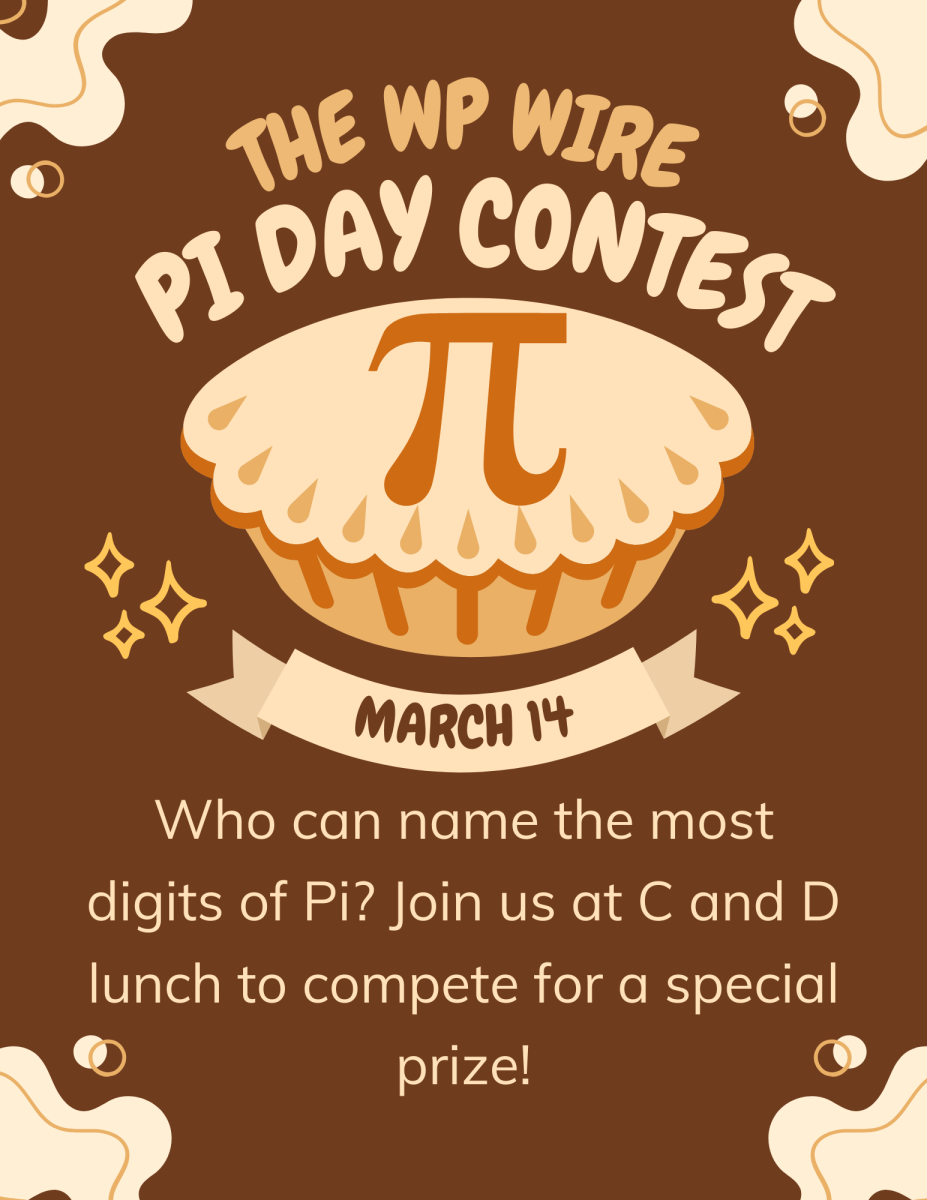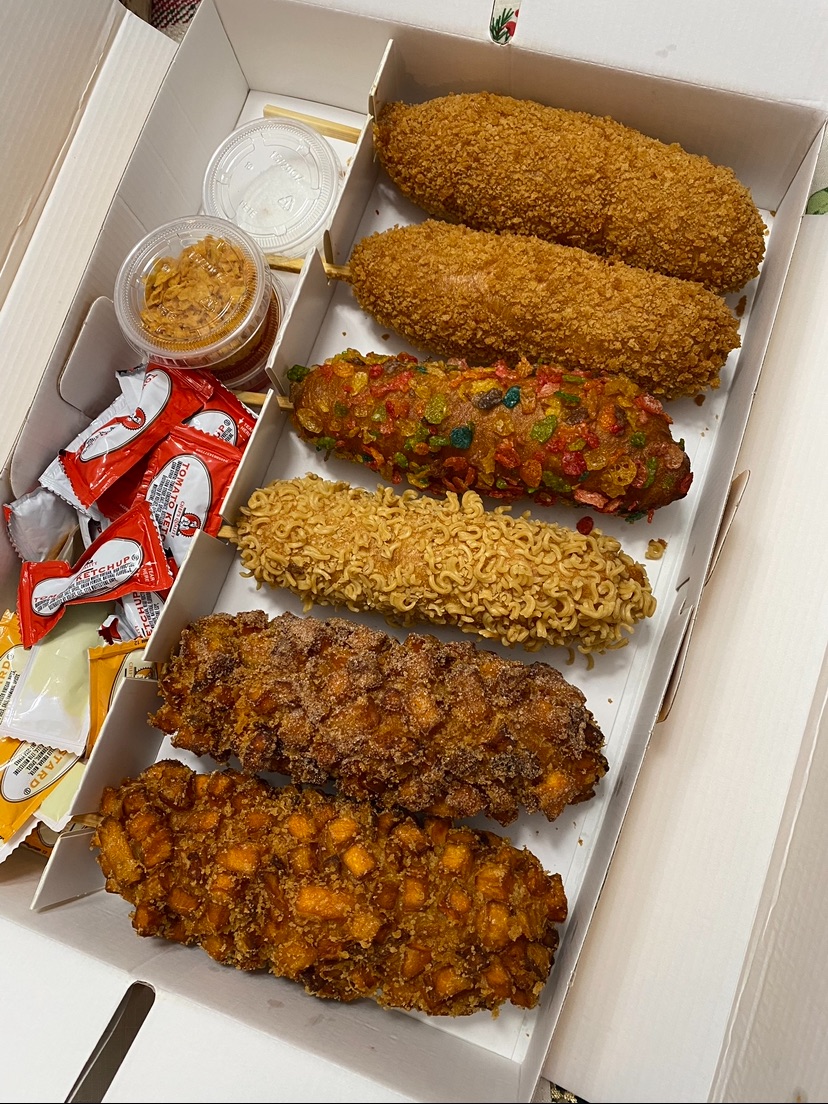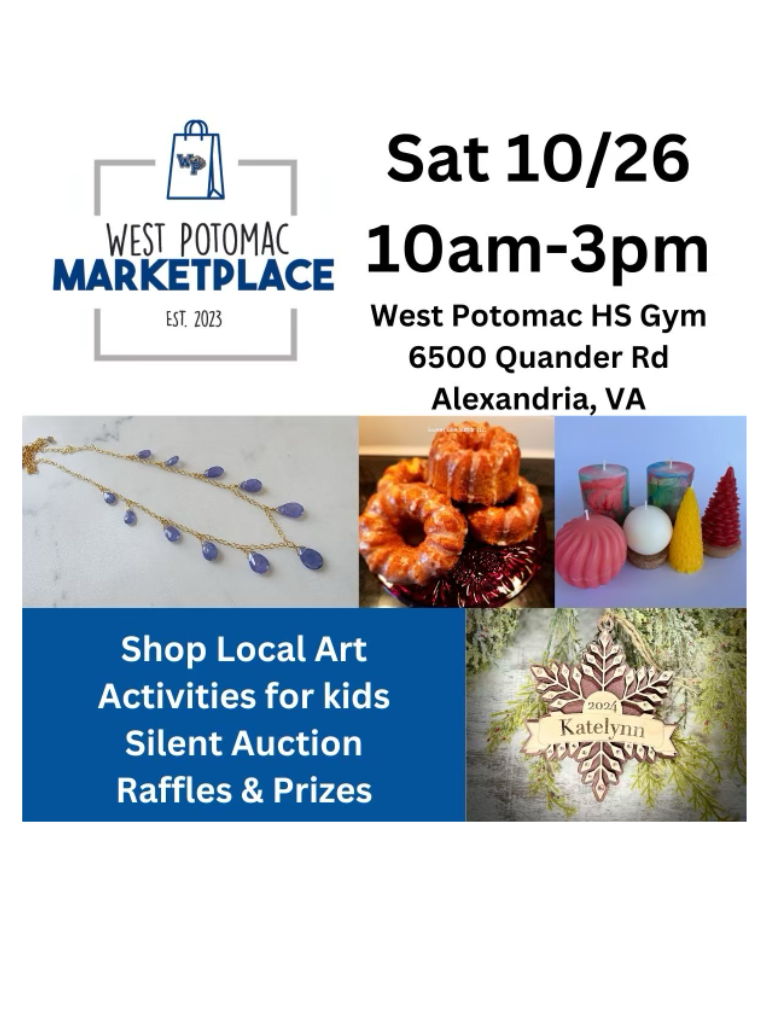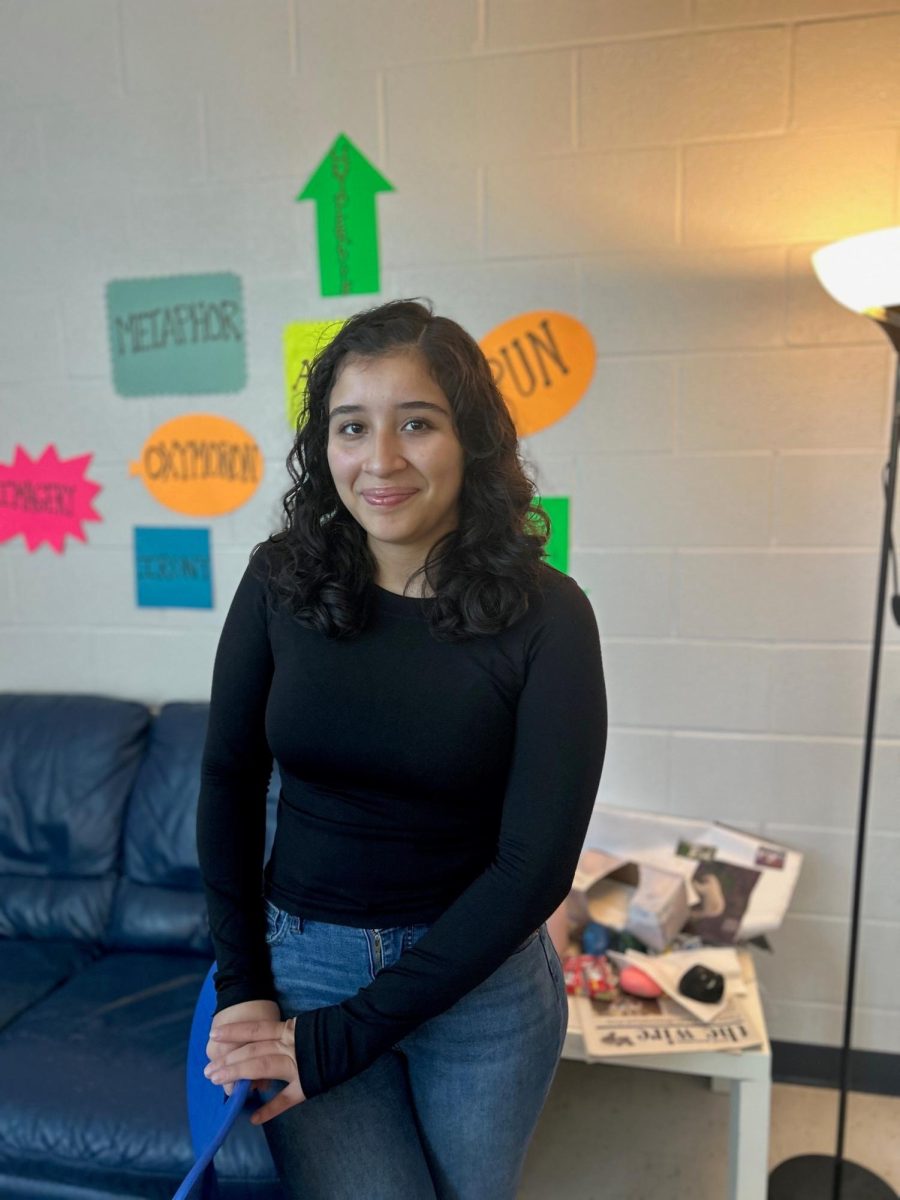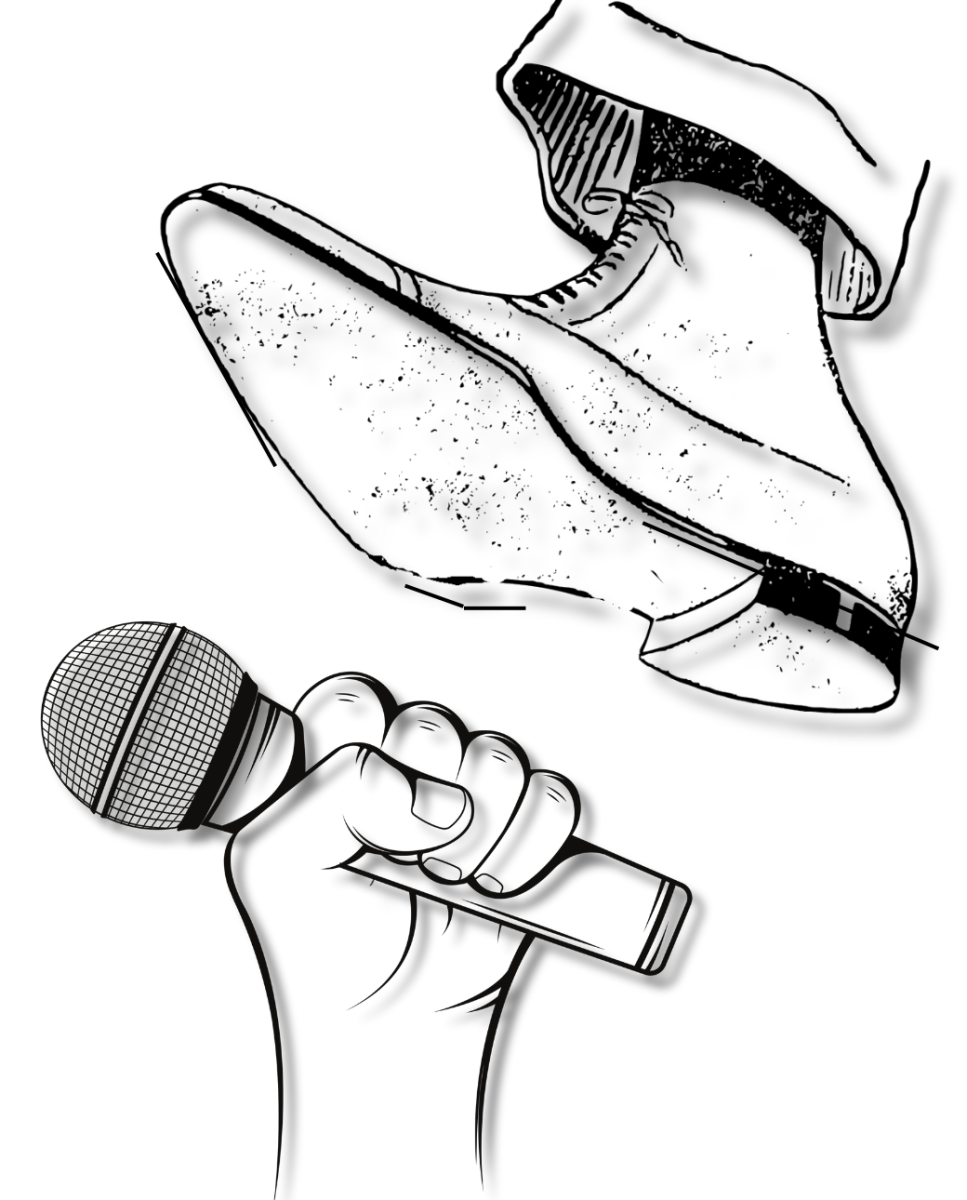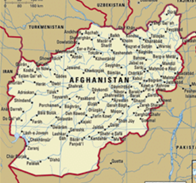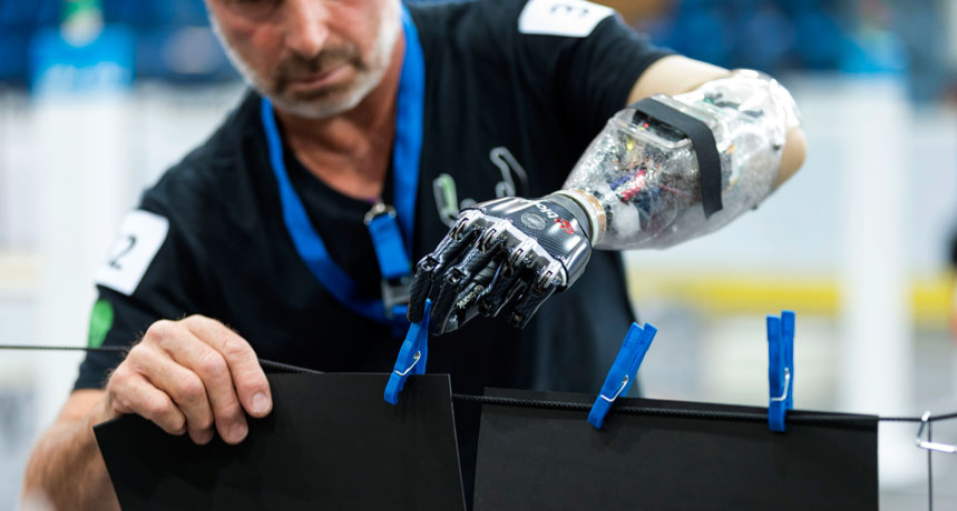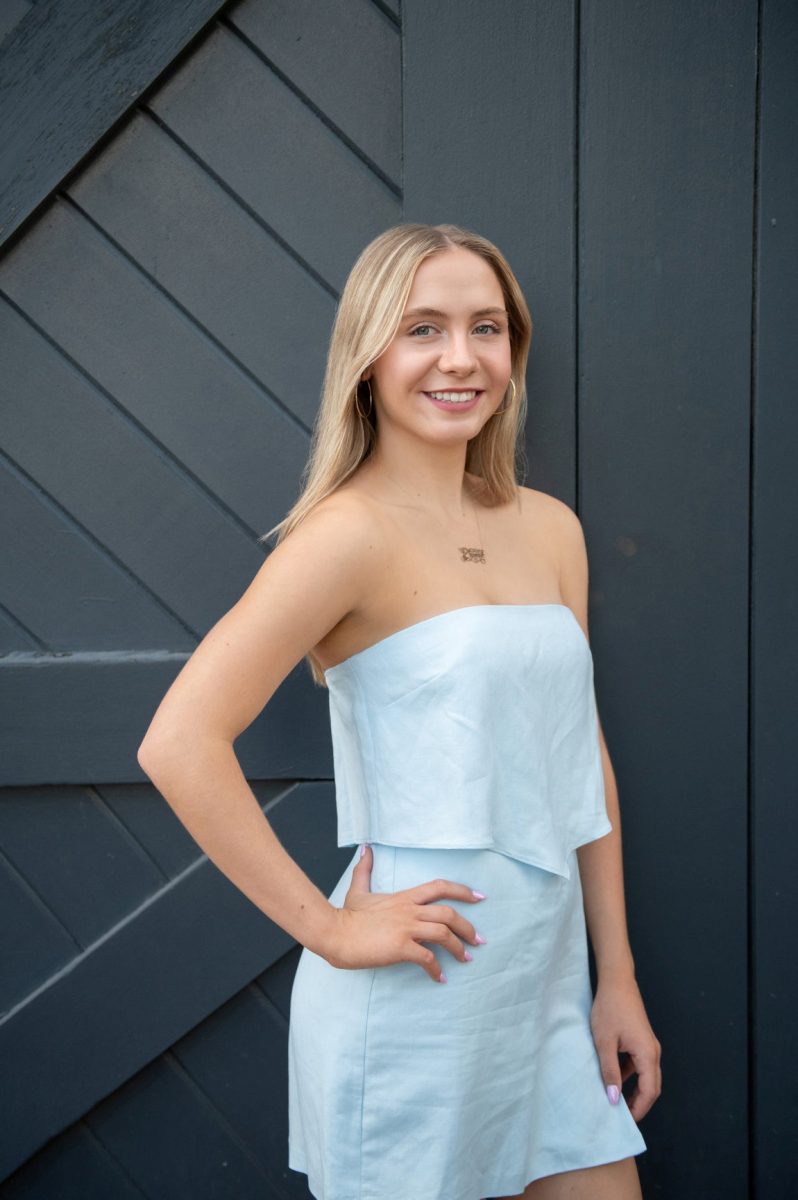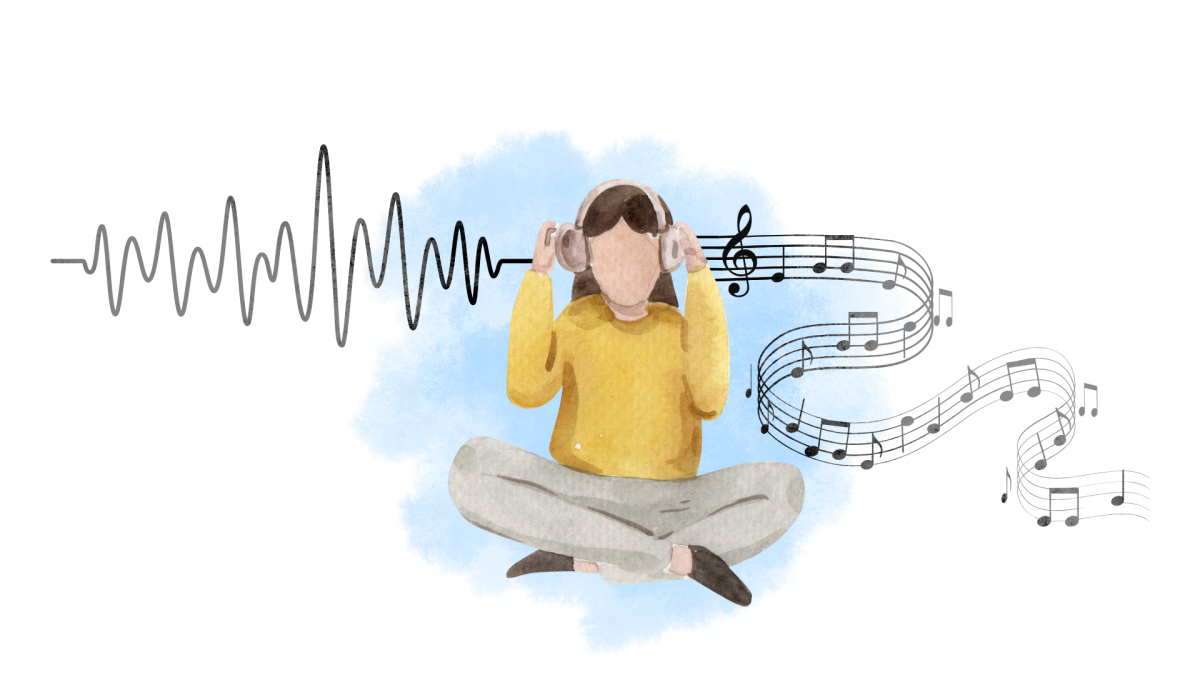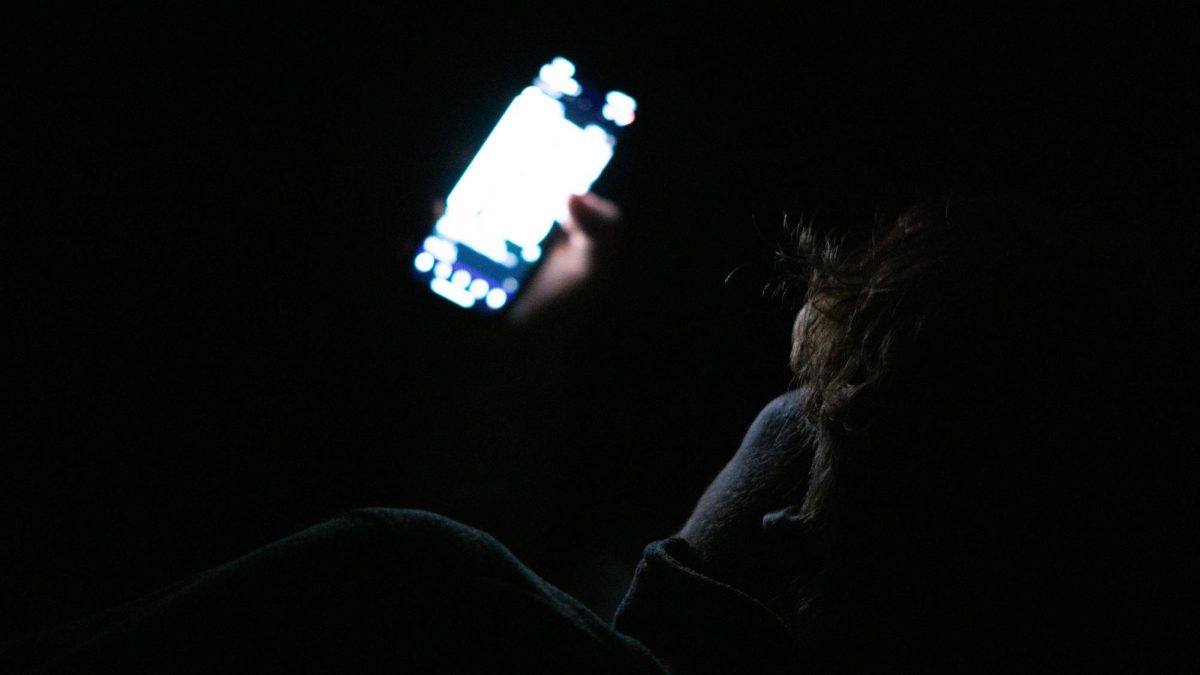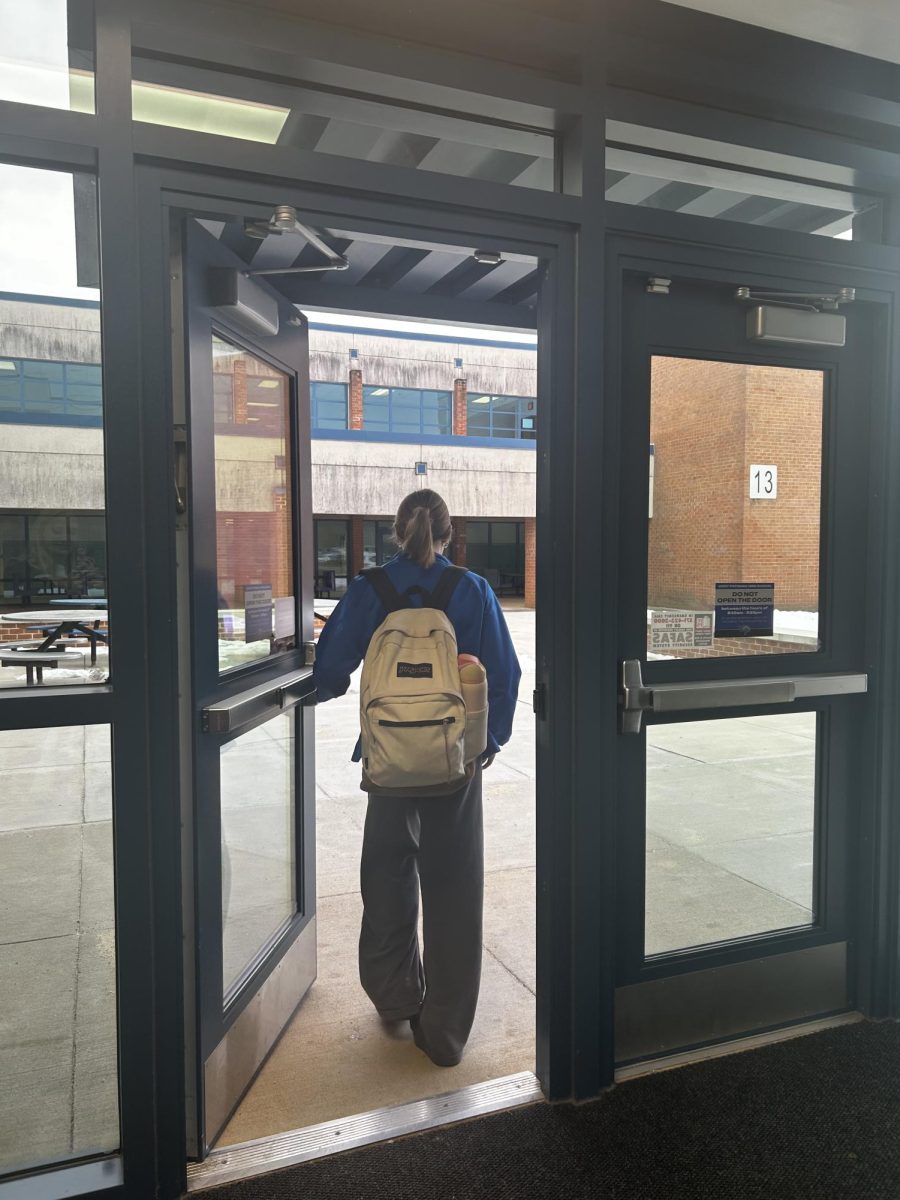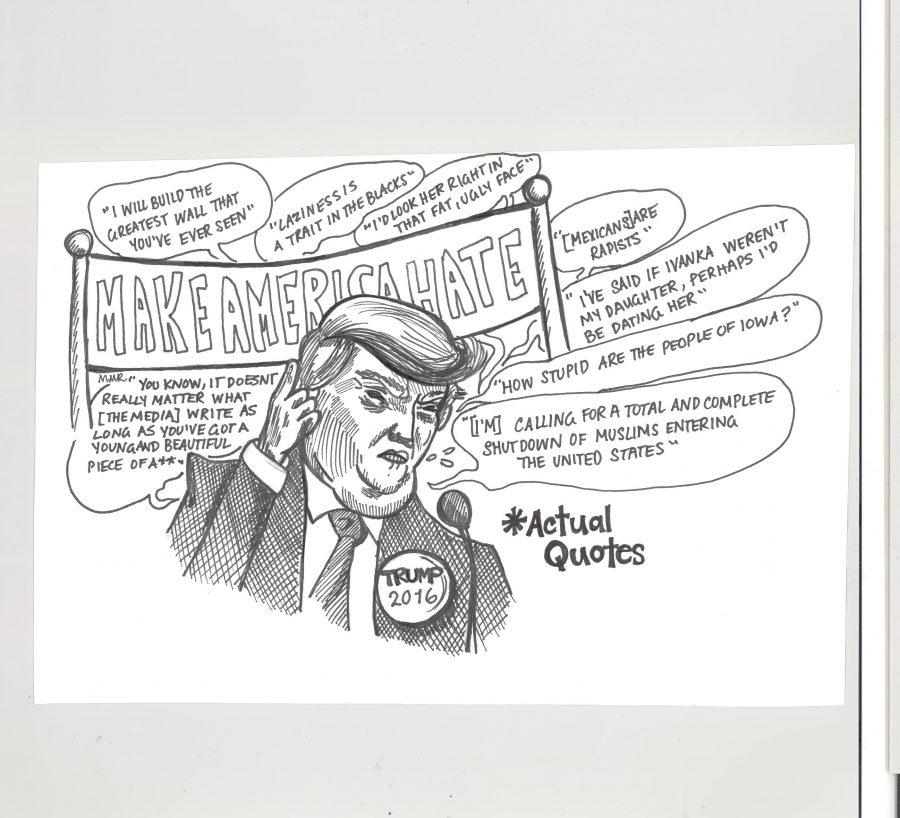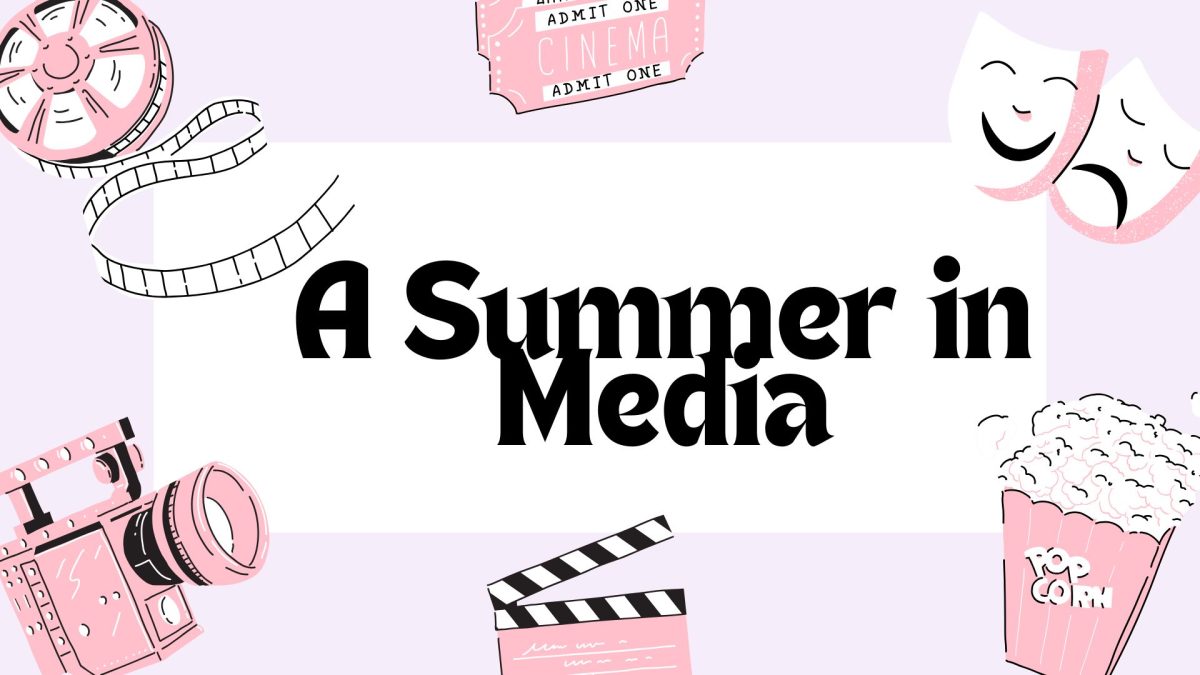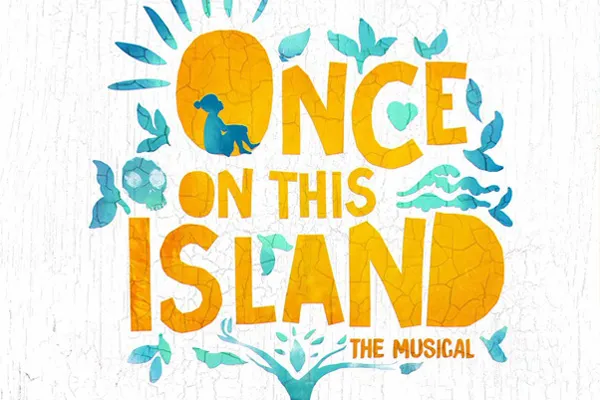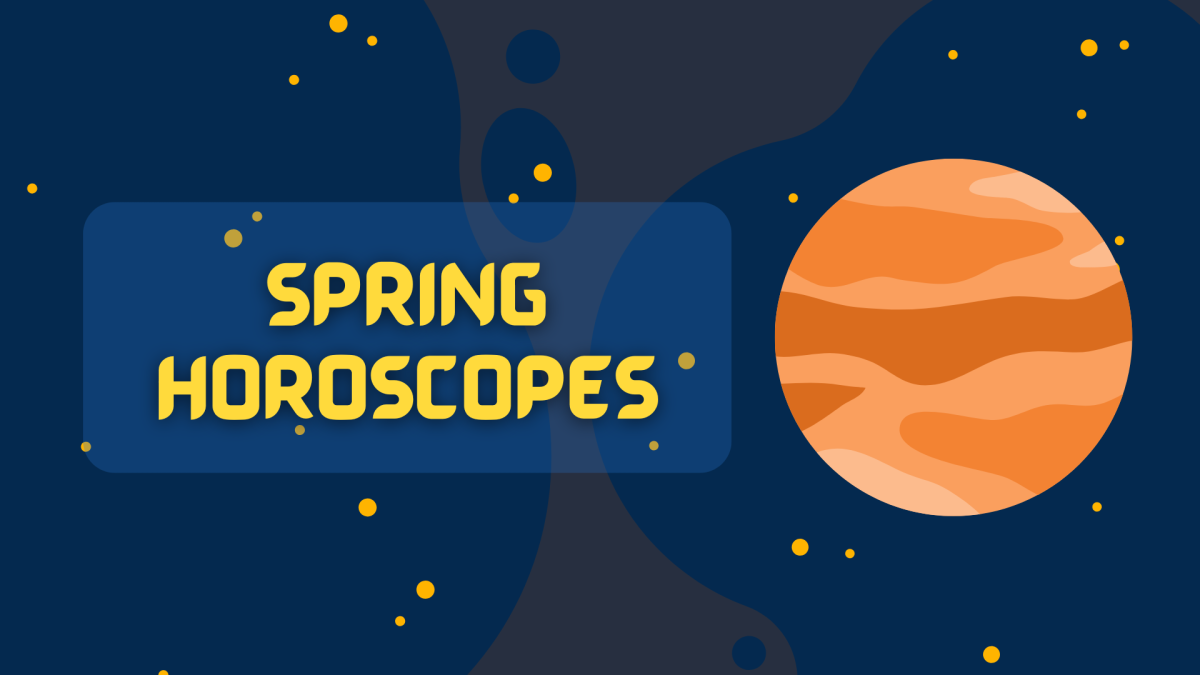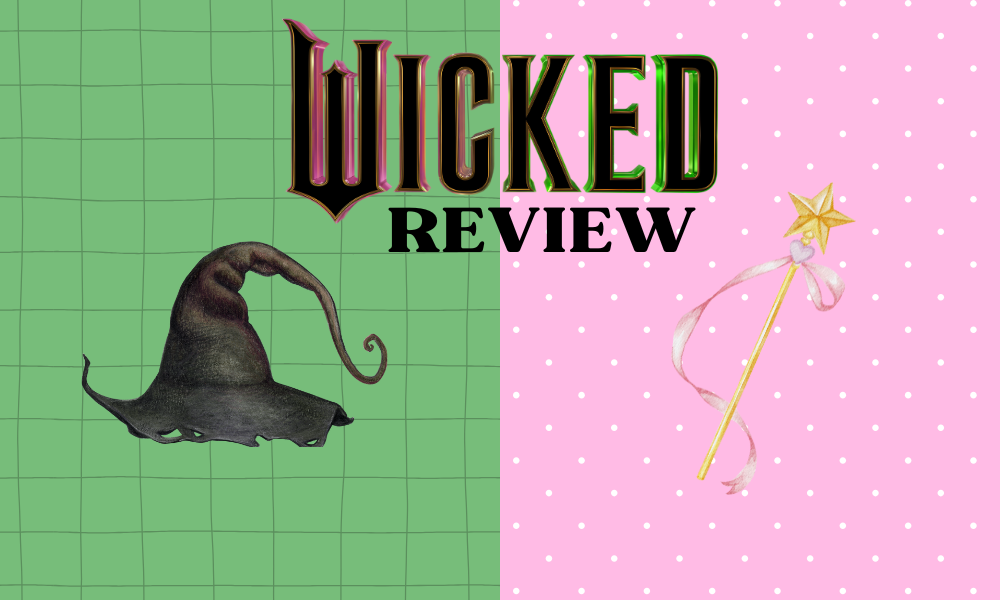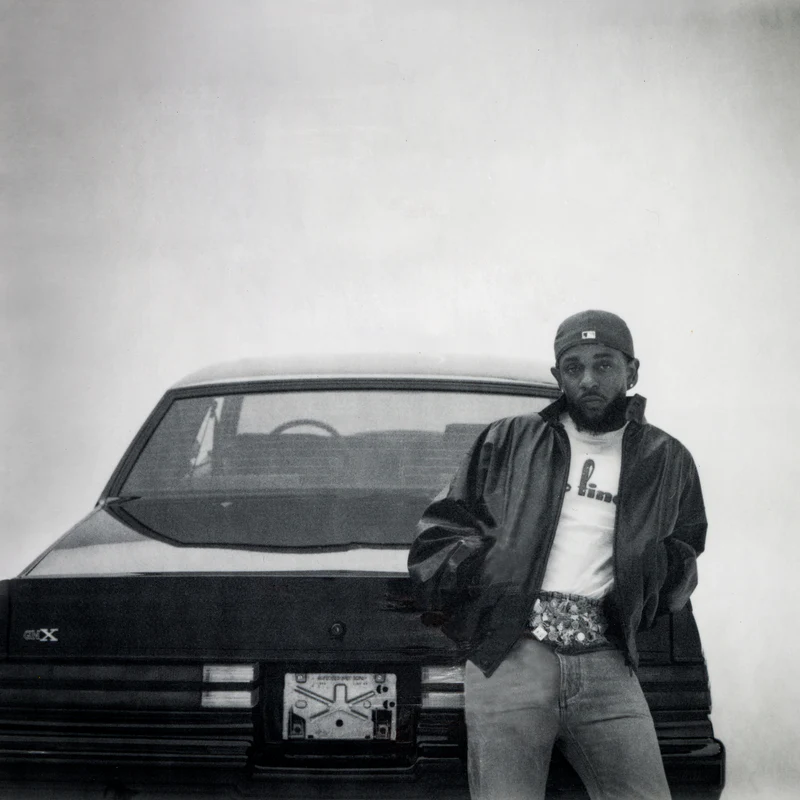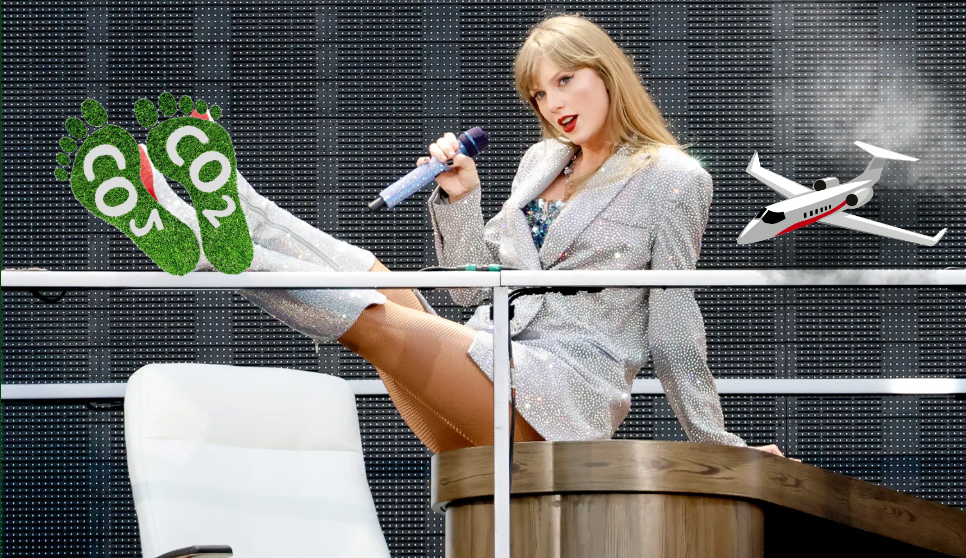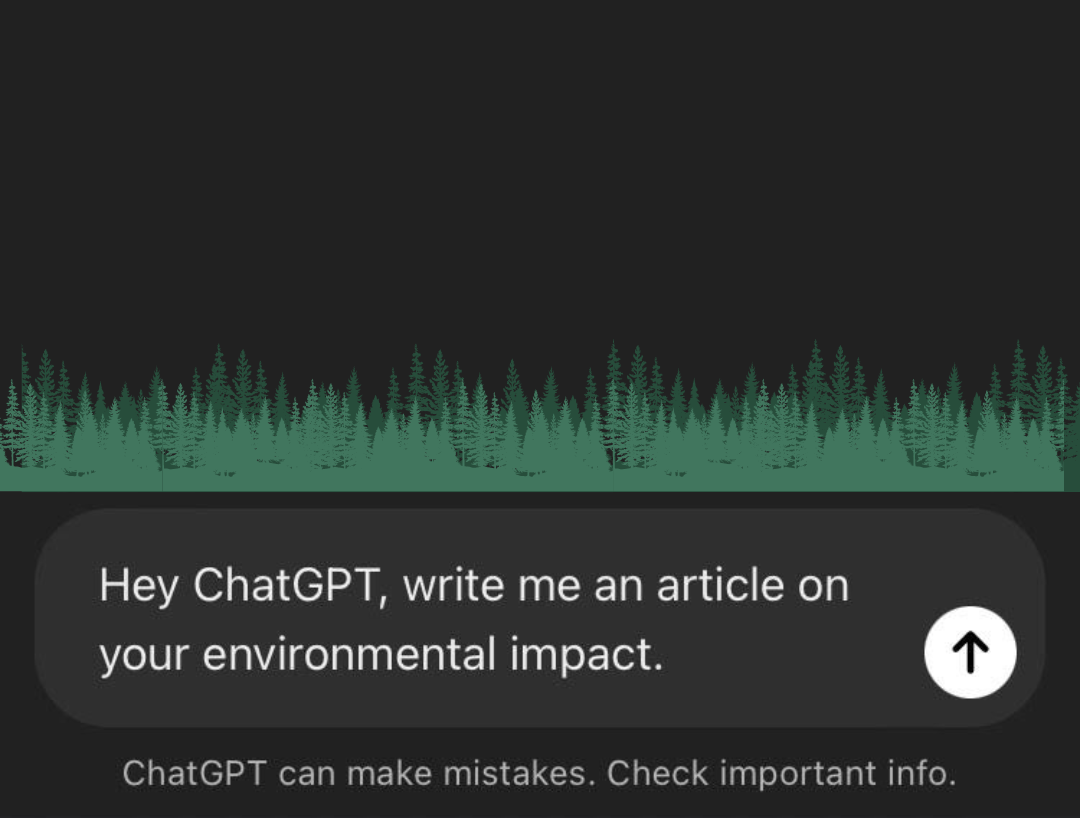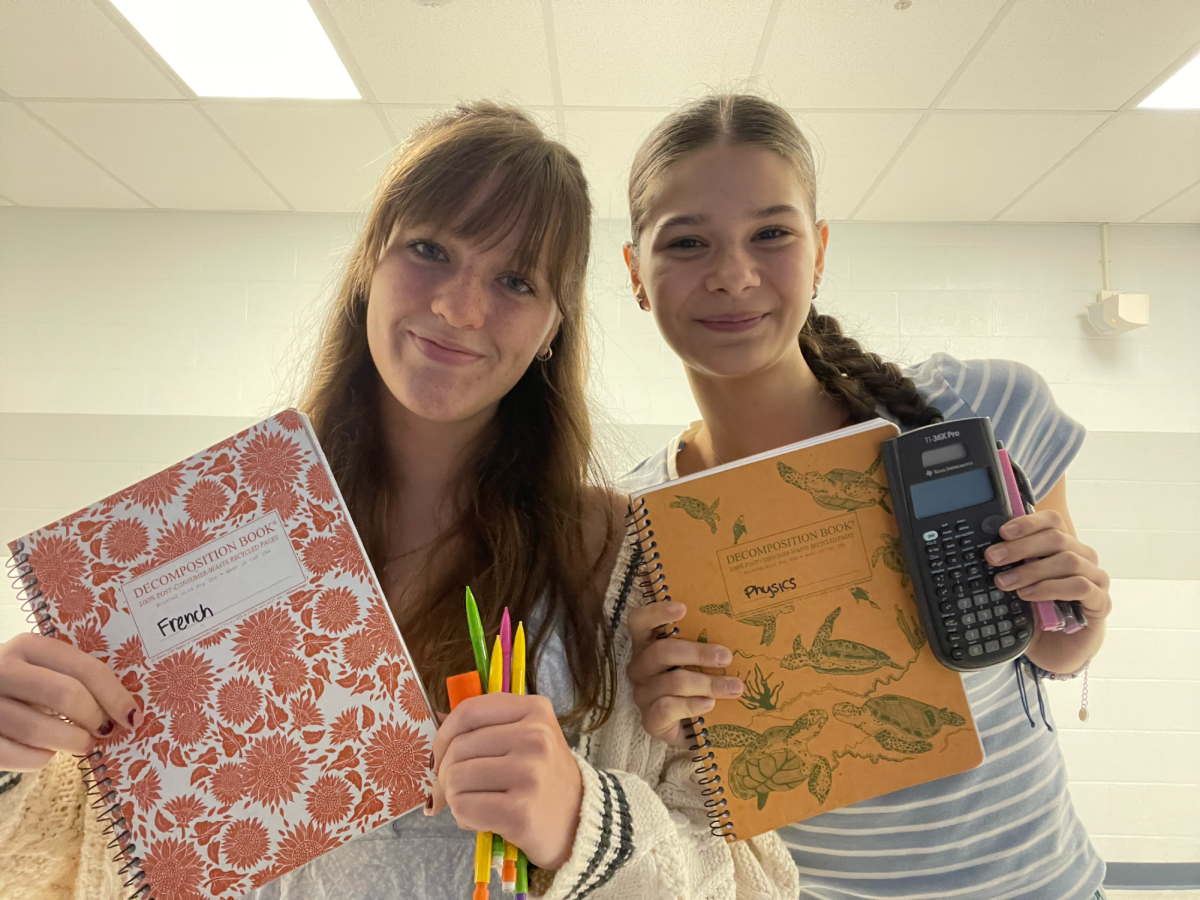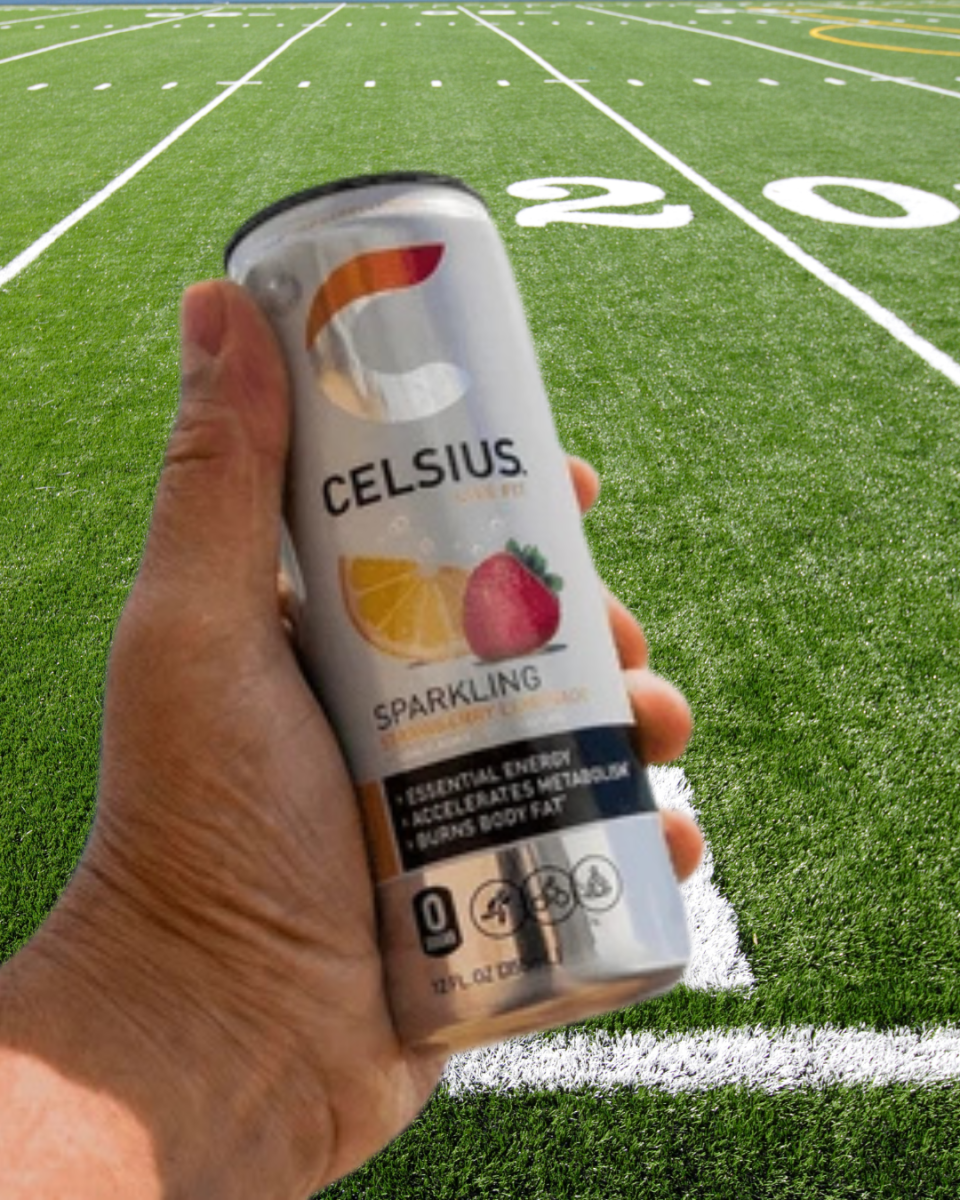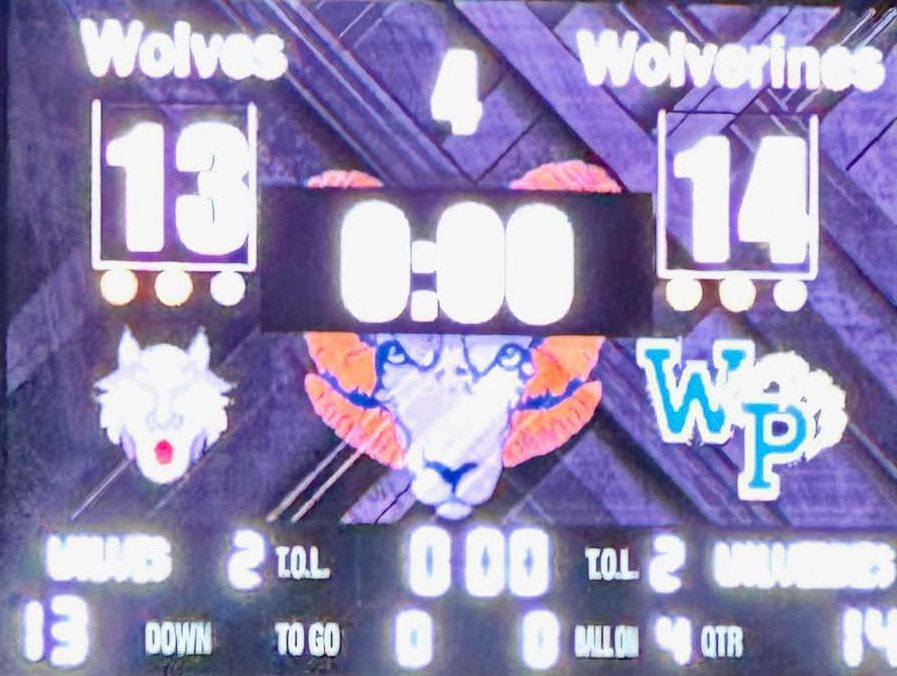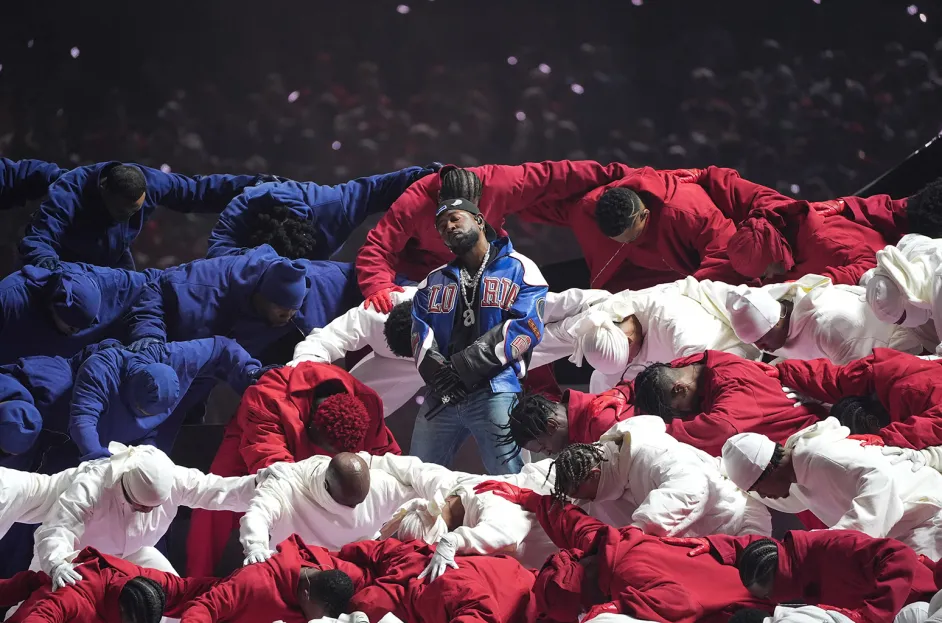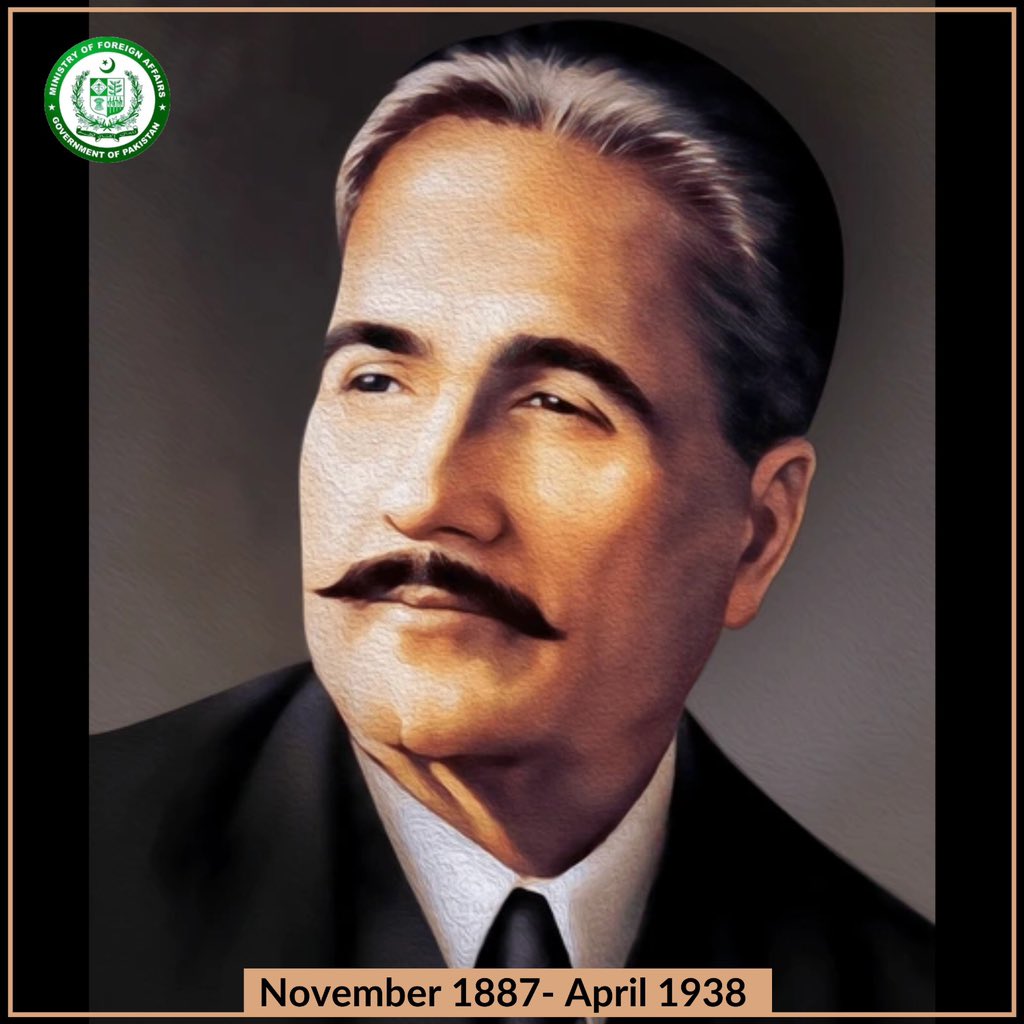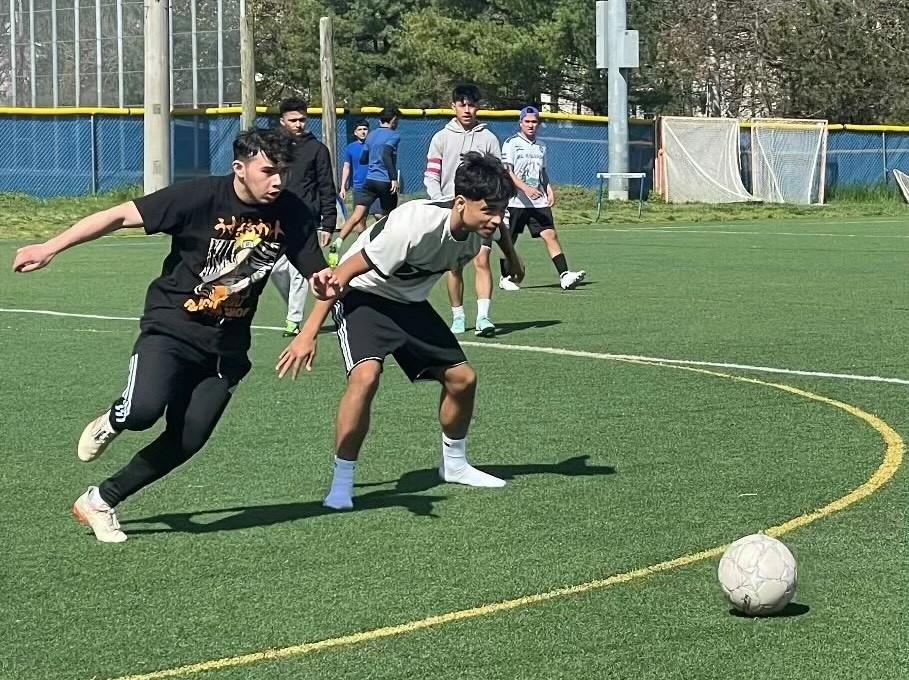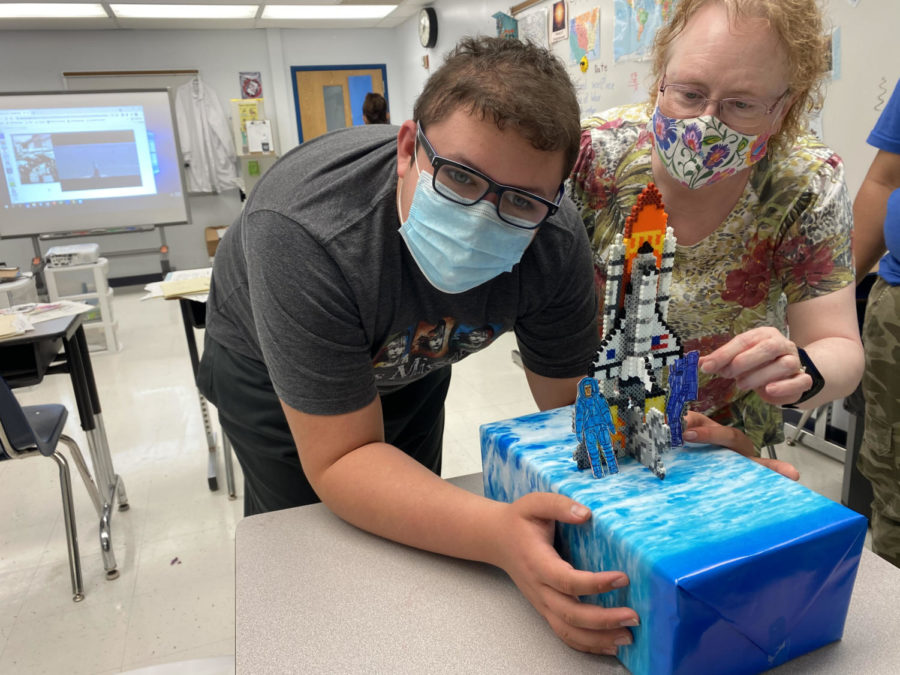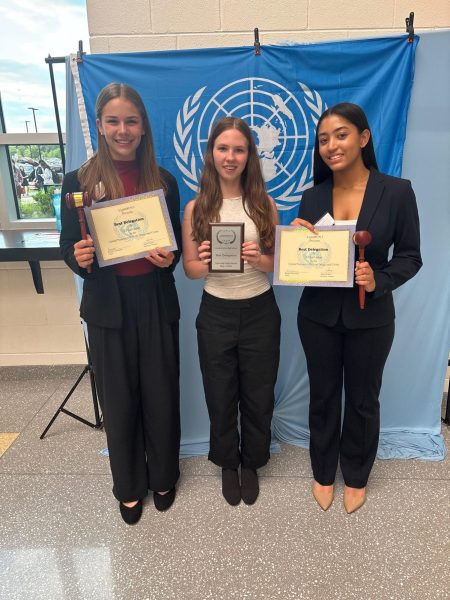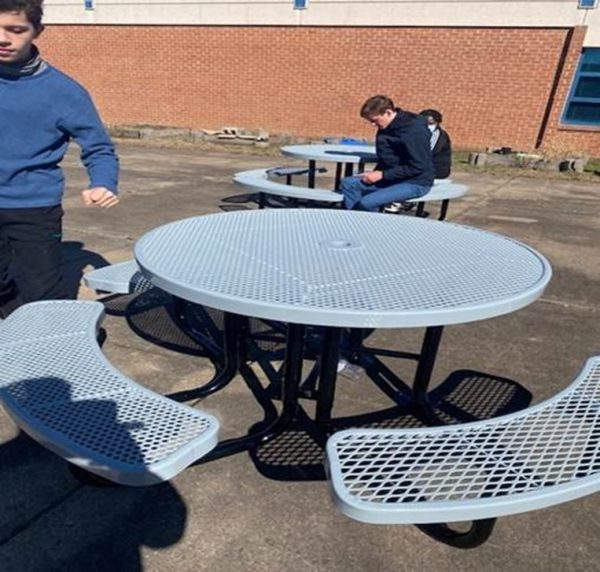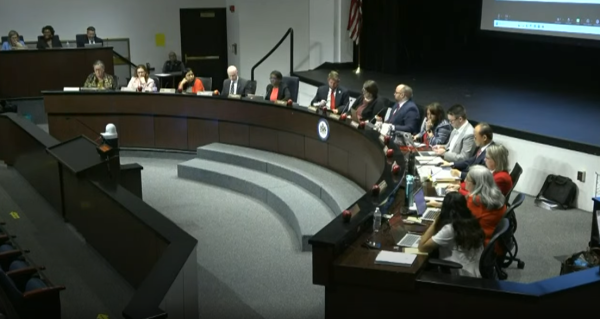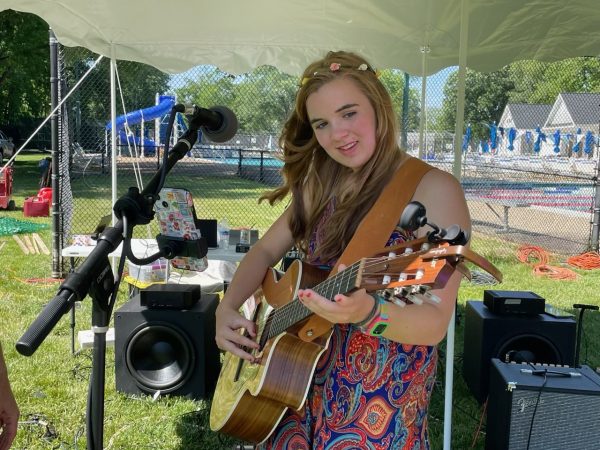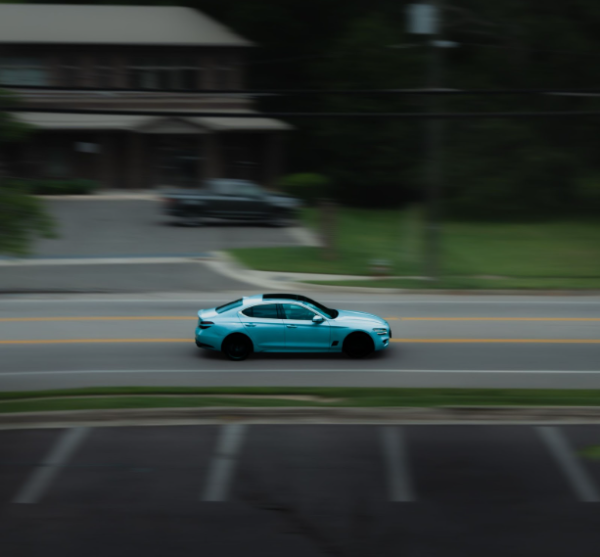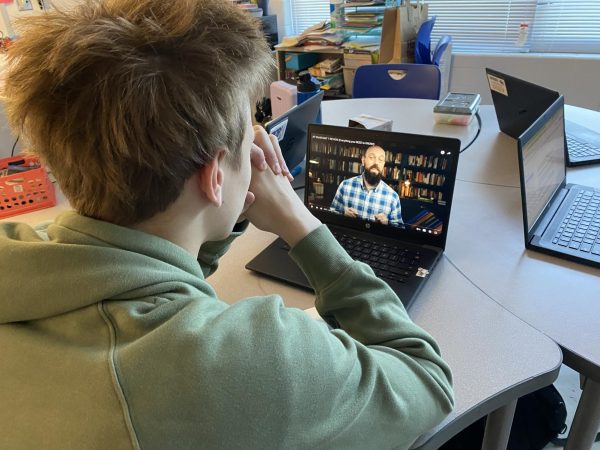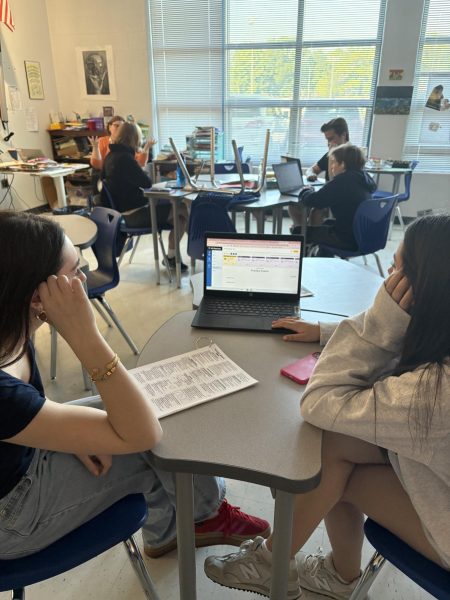CAT B Makes History Concrete
This past school year has been a year unlike any other. However, CAT B teacher Joann Molnar has tried to keep everything as normal as possible. For those who don’t know what the CAT B program is, it is a program that FCPS utilizes to teach kids with more severe disabilities.
Molnar became their history teacher last year, and has been trying to prepare for their Virginia Alternative Assessment Program (VAAP), which is akin to the SOL. These exams are given in tenth grade.
“[For history] we have to pick four Aligned SOL objectives,” Molnar said. These objectives come from four different categories, which fall under the umbrella of history: history, economics, civics, and geography. She begins teaching these things in ninth grade and goes in depth in tenth grade so her students are fully prepared for their exams.
Over the course of these two years, she and her students have used one main type of project to teach the four objectives she has chosen. In the corner of her classroom are 3D models that she and her students have created that illustrate each of the units they go over.
According to Molnar, for her history objective, she teaches her students about Neolithic hunters and gatherers—as well as Native Americans since they are similar in lifestyle—and so in the corner there are longhouses that the Native Americans lived in.
The models move on from there. For their economics objective/unit, they learn about the triangular trade and make models of the boats that would have been used. For civics, they talk about John Locke and Thomas Paine and their influence on the Declaration of Independence, with models of Independence Hall, the White House, and the Capitol to go along with them.
“[Making these models] just helps make it more real to them… when they do hands-on stuff it just gets in their minds better,” Molnar said.
Molnar began teaching history last year, after moving from the PACE program, a separate part of the special education department for “lower functioning” students starting in 11th grade.
Like most other educators during this time, Molnar has had to make adjustments due to COVID, since not all of her students were coming into class.
“[For the students staying home] I make a packet [of models and other materials] and I just deliver them to their homes,” Molnar said.
This year has also been rewarding, according to Molnar.
“I don’t want to sound conceited, but I feel like…a lot of people think that because you’re older you can’t really innovate or you can’t do anything different, but I felt like I kind of proved that I still have it,” Molnar said. “I was really proud of this whole 3D thing because I felt like it kind of helps the kids understand history a little better, like the whole continuum.”
At the end of the year, much like with most history classes, Molnar likes to bring it back around to what’s going on today, or at least closer to today. So there are models of the Empire State Building and diagrams of the moon landing. In many cases, these activities help students work on their vocational abilities.
According to Molnar, making Perler bead models of spaceships, like going to Primo’s Restaurant and folding pizza boxes like they did pre-pandemic, helps the students prepare for jobs by helping them practice following directions.
As she goes into next year, Molnar is looking forward to continuing to teach history—and use her models.
“I want to continue [making models] and build on it. I had already started some of this last year, but I found more of them this year and I just felt like I got into it more, and I want to continue it next year, and make [history] more real to the kids” Molnar said.
In her Senior year at West Po, Mollie Shiflett wants to keep it real. She is Co-Editor-in-Chief of the West Po Wire and has been since sophomore year....


